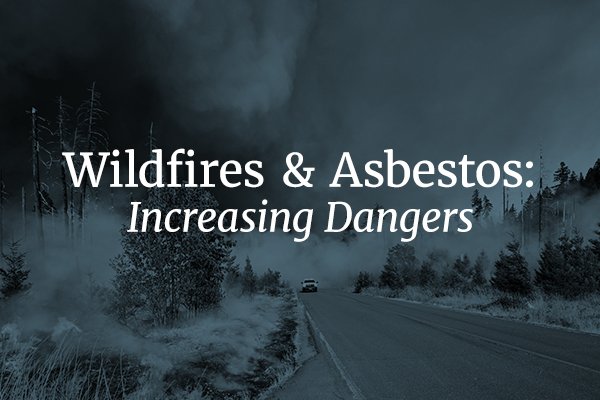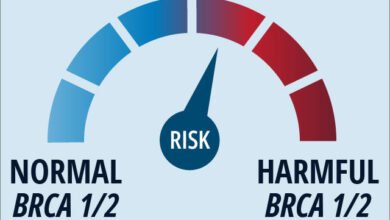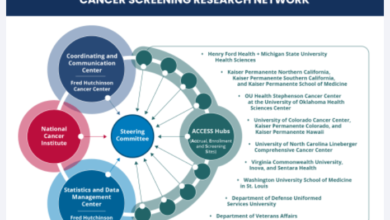a879aac409c4f0a3975fe0382e05daa6-scripts | Mesothelioma.com

In August 2023, a fire started in a field outside of Lahaina, Hawaii. Within 20 minutes, the fire had jumped a four-lane road and started burning nearby homes. Residents fled, with some jumping into the ocean to save themselves.
As wildfires become more frequent and destructive, the dangers present in the aftermath also increase. Those dangers include asbestos from damaged building materials used in the construction of homes and other buildings.
By the time the Lahaina fire was out, 97 people had died, and more than 2,000 structures had burned. Some of these buildings may have contained asbestos products that released the mineral into the atmosphere.
The Lahaina fire became the deadliest in the United States, passing California’s 2018 Camp fire. People exposed to asbestos because of these fires may now be at risk of developing mesothelioma in the future.
Increase in Wildfires Puts More People at Risk of Asbestos Exposure
As wildfires become more frequent, more communities face a greater risk of asbestos exposure. Any level of asbestos exposure can be dangerous if the mineral is inhaled or ingested. It can lead to asbestos-related diseases, like mesothelioma and other asbestos cancers.
Buildings constructed before the 1980s often had asbestos. In 1988, the Environmental Protection Agency (EPA) estimated that 20% of buildings in the United States contained asbestos. Undisturbed, asbestos building materials may not pose an exposure risk, but fires can release the mineral into the atmosphere.
Source link
#a879aac409c4f0a3975fe0382e05daa6scripts #Mesothelioma.com



